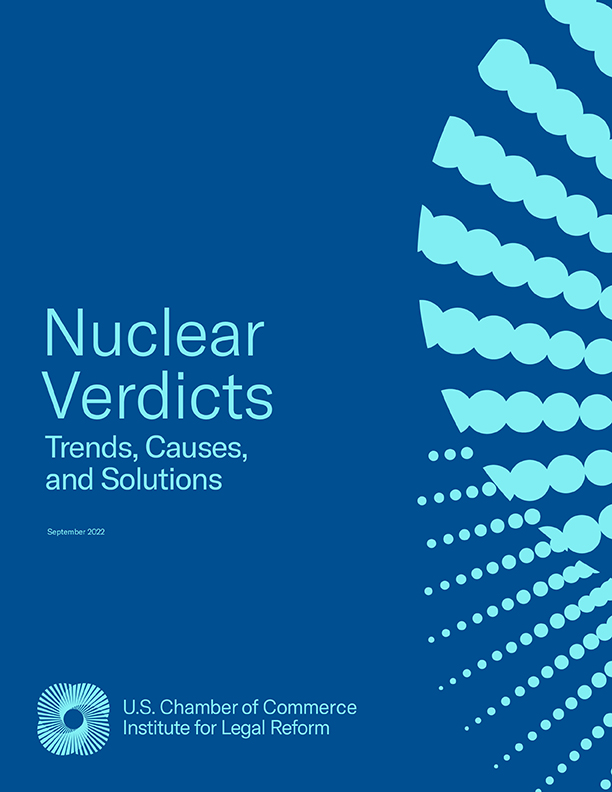After making billions of dollars in class actions and mass tort litigation, plaintiffs’ lawyers have set their sights on the bankruptcy process.
Chapter 11 is supposed to be an orderly way for companies to reorganize their debts, distributing money to creditors fairly and equitably.
But a sordid game is playing out in federal bankruptcy court in Delaware, where Imerys, a little-known supplier of talc, is going through Chapter 11 bankruptcy proceedings.
According to the bankruptcy judge overseeing the case, plaintiffs’ lawyers have flooded the court with thousands of questionable personal injury claims. If these poorly documented or perhaps even potentially fraudulent claims can stand, plaintiffs’ lawyers will seize control of the bankruptcy case and potentially steer tens of millions of dollars in fees to themselves.
In a recent hearing, Judge Laurie Selber Silverstein seemed incredulous to learn an asbestos lawyer had voted nearly his entire client base–15,719 names–without any apparent effort to determine if they had been exposed to Imerys’s talc. Many of his clients previously claimed they were injured by occupational exposure to asbestos, including clients who had been paid $100,000 or more by bankrupt asbestos manufacturers.
Asked how virtually every one of his clients, living or dead, could have a valid claim against Imerys, the lawyer responded that since baby powder and other talc products were ubiquitous, and since the claimants allege the talc was contaminated with asbestos, who’s to say they didn’t?
“Everybody in the country …could be somebody exposed to the debtor’s product?” Judge Silverstein asked. “That can’t be right.”
No, it can’t be. But this is, unfortunately, par for the course where mass torts and bankruptcy law intersect.
This game has been going on for years with asbestos bankruptcies, where plaintiffs’ lawyers show up with vast numbers of claims that receive limited scrutiny. As a result, companies are forced to set up trusts that pay claims with few questions, while plaintiffs’ lawyers walk away with 30-40 percent of the money in their pockets.
As Judge Silverstein is rapidly learning, the old ways of handling mass tort bankruptcies may not be able to sort out real claims from fake ones produced by lawyers who re-tread old clients or seek out new ones by enlisting tv and digital marketing firms.
“Maybe there’s a problem with the process?” Judge Silverstein asked at one point in the Imerys hearing. Good question, judge. There is, and now is the time to do something about it.

